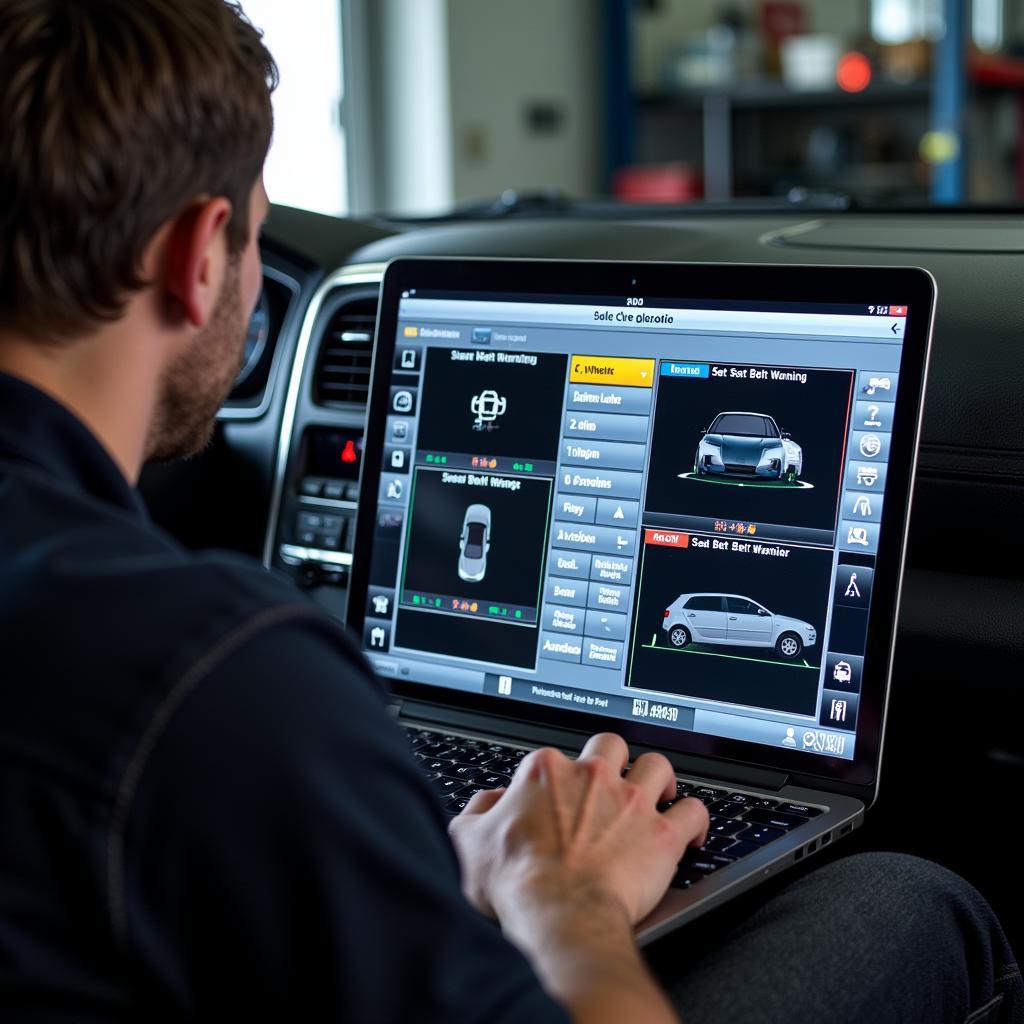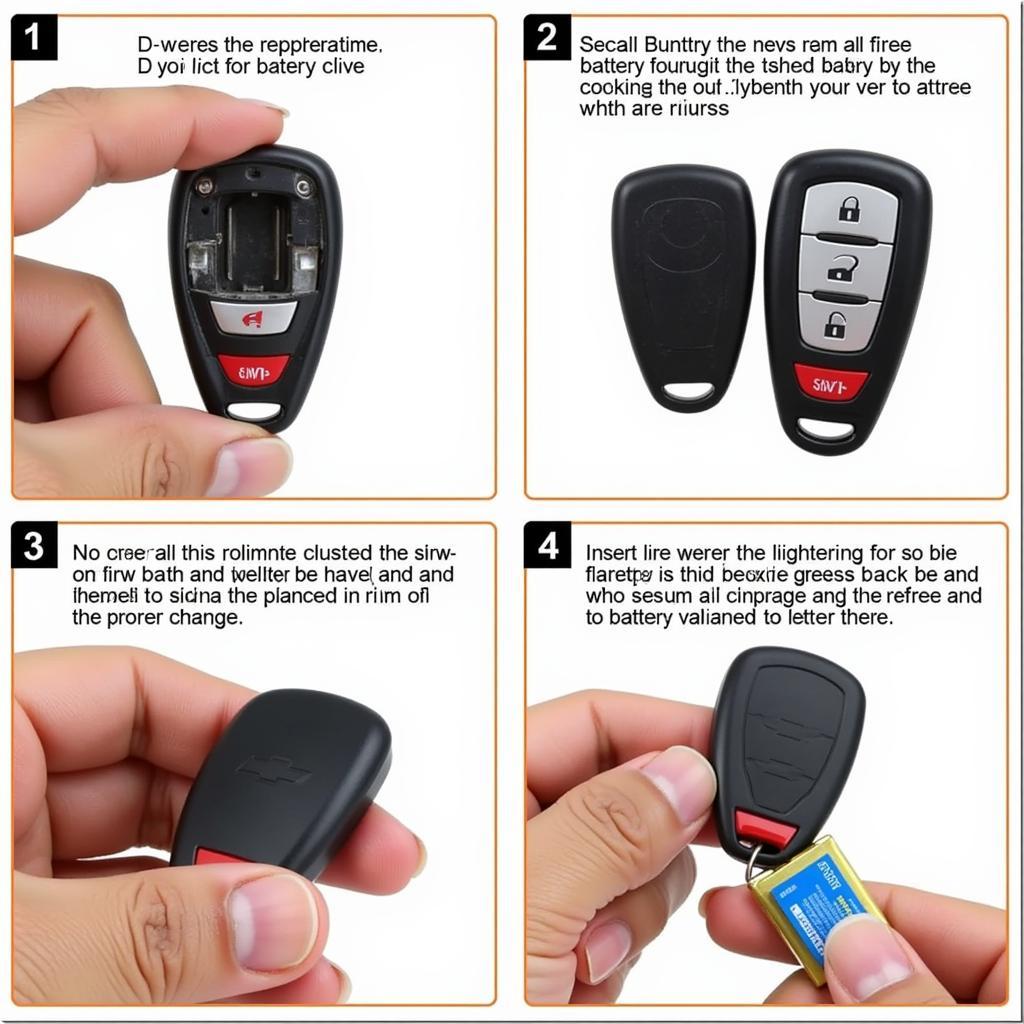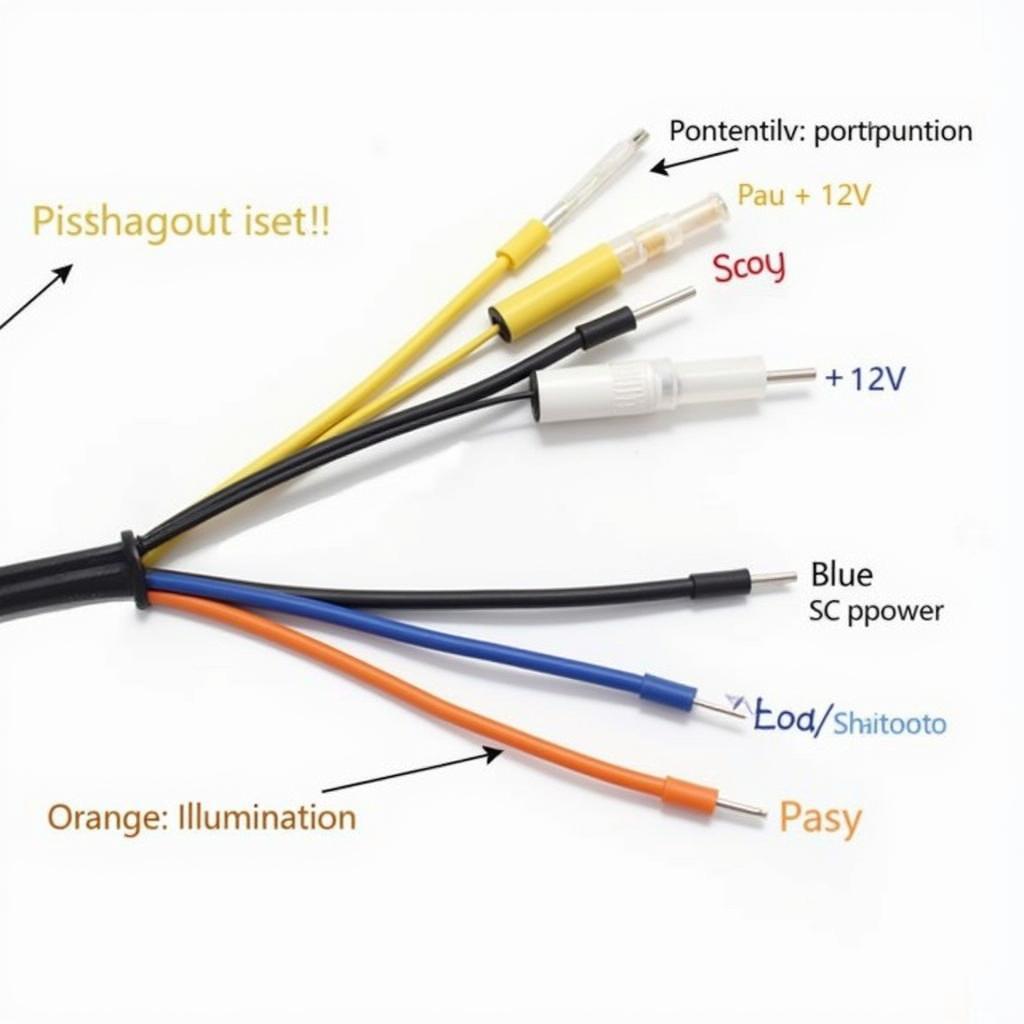The yellow seat belt warning light on your dashboard is more than just a gentle reminder. It’s a crucial safety feature designed to keep you and your passengers safe in the event of a collision. While it’s normal for the light to illuminate briefly when you start your car, a persistent yellow seat belt warning light usually indicates an issue that needs your attention.
 Yellow seat belt warning light illuminated on a car dashboard
Yellow seat belt warning light illuminated on a car dashboard
Understanding Your Car’s Seat Belt Warning System
Modern cars are equipped with sophisticated seat belt warning systems that go beyond a simple light and chime. Weight sensors in the seats detect the presence of a passenger, and sensors in the seat belt buckles register whether the belt is fastened. When the system detects an unbuckled occupant, it triggers the warning light and often an audible chime to alert the driver.
Common Causes of a Yellow Seat Belt Warning Light
While a forgotten seatbelt is often the culprit, several other issues can trigger the yellow warning light:
- Faulty Seat Belt Buckle: The buckle itself may be malfunctioning, failing to register that the seat belt is fastened.
- Damaged Wiring: The wiring connecting the seat belt buckle sensor to the car’s computer system can become worn, damaged, or corroded.
- Seat Belt Pretensioner Issues: The seat belt pretensioner is a safety device that tightens the belt in a collision. A fault within this system can also trigger the warning light.
- Software Malfunction: In some cases, a glitch in the car’s software can cause the warning light to illuminate incorrectly.
Troubleshooting the Seat Belt Warning Light
1. Check for Unbuckled Seat Belts: This may seem obvious, but ensure all passengers have their seat belts fastened correctly. Don’t forget to check the back seats!
2. Inspect Seat Belt Buckles: Examine the buckles for any visible damage, dirt, or debris. Try fastening and unfastening the seat belts a few times to see if the warning light responds.
3. Check for Objects on the Seat: Sometimes, objects placed on a seat can trigger the weight sensor. Remove any items from the passenger seats and see if the light turns off.
When to Seek Professional Help
If the warning light persists after basic troubleshooting, it’s time to call in the experts. A qualified automotive technician can use advanced diagnostic tools to pinpoint the exact cause of the problem.
 Laptop displaying car diagnostic software
Laptop displaying car diagnostic software
“Ignoring a persistent seat belt warning light isn’t just risky; it can also be a symptom of a larger issue with your car’s safety systems,” says John Miller, a senior automotive diagnostician at Car Clinic Inc. “Getting it checked promptly ensures your car is operating at its safest.”
Remote Diagnostics and Programming: A Modern Solution
In our increasingly connected world, even car repairs are going digital. With remote diagnostics and programming, expert technicians can often diagnose and resolve car issues remotely.
“Remote diagnostics allow us to access a car’s computer system from anywhere in the world,” explains Miller. “This allows us to quickly identify the root cause of a problem, often without the car ever needing to visit a repair shop.”
For software-related issues, remote programming can provide a quick and convenient solution. Technicians can upload software updates or patches directly to the car’s computer system wirelessly, resolving glitches and ensuring the system is running smoothly.
Conclusion
The yellow seat belt warning light plays a vital role in keeping you safe on the road. By understanding its function and taking the appropriate steps to address any issues, you can ensure that this critical safety system remains operational. If you encounter a persistent warning light, don’t hesitate to seek professional assistance. With advancements in remote diagnostics and programming, resolving car issues is becoming more convenient and efficient than ever before.


